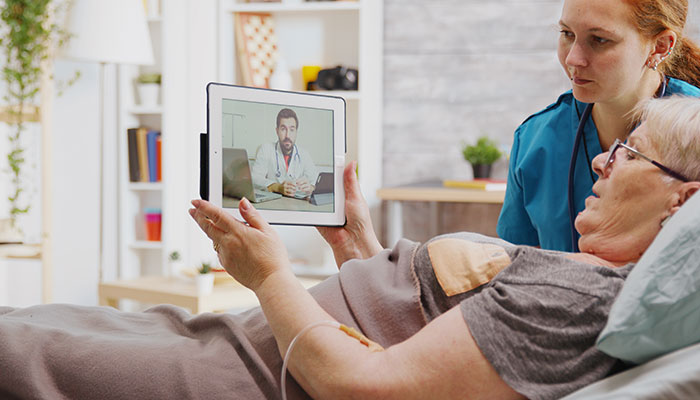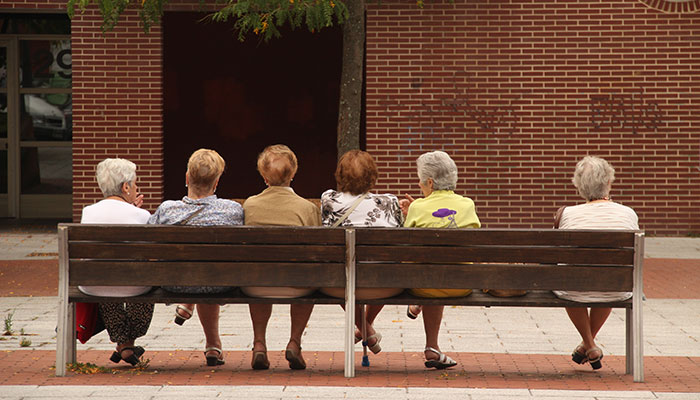As a rule, family caregivers are generous. They tend to be empathetic and to want to help. But it is possible to be too generous, with a tendency to sacrifice one’s own needs for the benefit of others. Sound familiar? This is called “pathologic altruism.” People who feel compelled to give despite risks to themselves often end up depleted and depressed (and ironically, less able to give and be helpful).
Current research is exploring the idea that altruism is not all good. And similarly, selfishness is not all bad. In fact, there is such a thing as “healthy selfishness,” defined as “having a healthy respect for your own health, growth, happiness, joy, and freedom.” Sound good? See how you measure up on the Healthy Selfishness Scale:
- I have healthy boundaries.
- I have a lot of self-care.
- I have a healthy dose of self-respect and don’t let people take advantage of me.
- I balance my own needs with the needs of others.
- I advocate for my own needs.
- I have a healthy form of selfishness (e.g., meditation, eating healthy, exercising) that does not hurt others.
- Even though I give a lot to others, I know when to recharge.
- I give myself permission to enjoy myself, even if it doesn’t necessarily help others.
- I take good care of myself.
- I prioritize my own personal projects over the demands of others.
Contrary to what you might have been taught about selfishness, people who score high on this survey are not prideful or domineering. Instead, they tend to be very giving and retain a great desire to be helpful to others. So the next time you find yourself depleted, review the qualities named above. Consider how you might lean more in the direction of healthy selfishness to recharge and sustain your ability to help over the long haul.
Are you feeling drained or depleted?
As the San Francisco experts in family caregiving, we at Compassionate Community Care see family members sacrifice so much for their loved ones. Unfortunately, this can backfire in the form of burnout and ultimately, worse care for their relatives. Let us help before you get to that point. Give us a call at (415) 921-5038.










